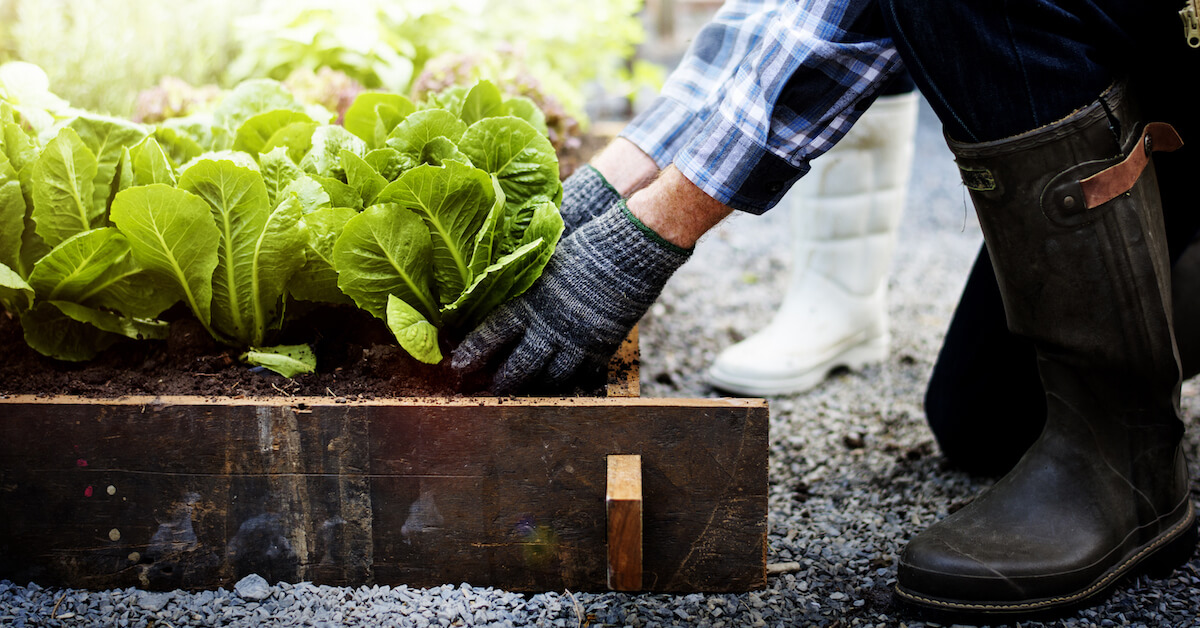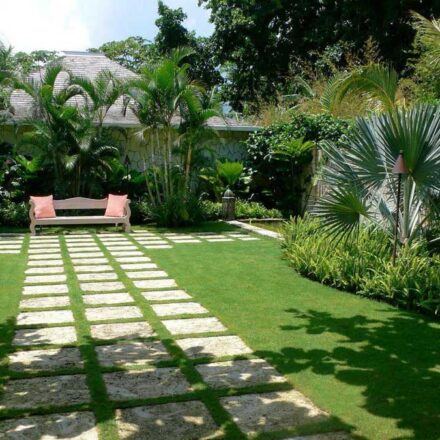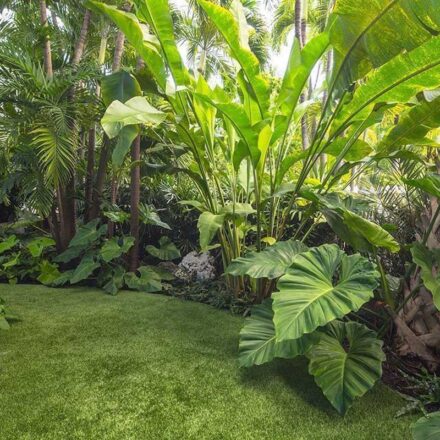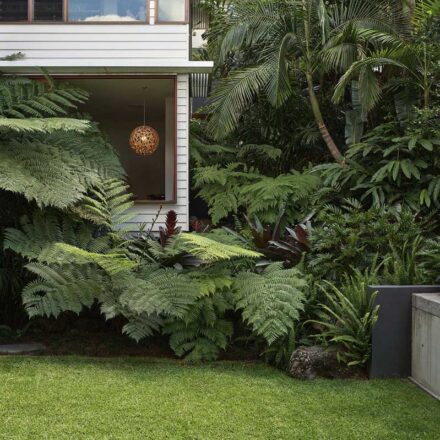Indoor plants seem to be the latest way to make a statement with your landscape design. Move over statues, flowers and vases – indoor plants are here to stay! With a huge variety of vibrant foliage to choose from, it’s no wonder this trend has taken off. But not all indoor plants were created equal. Each indoor plant requires certain conditions in order to thrive. As such, finding the perfect indoor plant for your space is an art form.
Calathea
The Calathea plant can be a temperamental one, but the vivid foliage makes them a popular choice! They thrive in high humidity and low light, which means a well-lit, air-conditioned bedroom or airy and well ventilated living area is a no-go zone. But don’t despair – even if the majority of your house is well lit & cooled down, there is still one room that’s likely a prime setting for your new Calathea – the bathroom! Due to the water vapour in the air, bathrooms are often the most humid room in the house! Set the Calathea out of direct light and only water it when the soil is dry and it will thrive here.
Devil’s Ivy (aka Epipremnum Aureum)
Pothos, more commonly known as Devil’s Ivy holds such as title because it is impossible to kill!
This plant with its vibrant crawling vines can grow in almost any room of the house! Easily trained, you can have it hanging from the top shelf or crawling up a stake. It grows best indirect light with sufficient water, but never fear if you neglect it for a week or three – it will keep on ticking!
Fiddle Leaf Fig (aka Ficus Lyrata)
This über trendy house plant is a common feature in cafes and studios everywhere! Coming in a variety of sizes, its rich coloured violin shaped leaves will add a luxurious accent to your home. The Fiddle Leaf Fig prefers a warmer room and thrives in high humidity. But if a humidity level of 68 isn’t quite how you prefer your home – don’t despair – this doesn’t rule your home out. Just ensure it’s placed in a position of bright indirect light and in a room that doesn’t receive frequent air conditioning.
Rubber Plant (aka Ficus Elastica)
So you want a Fiddle Leaf Fig but you’re also a bit of a brown thumb? Meet the Rubber Plant. Like the Fiddle Leaf, this is a tree-like plant but in comparison, this underrated plant is much easier to care for. If kept in small pots, these can be compact medium-size houseplants but alternatively, they can also be grown to large indoor-trees for those who wish to make a statement. These guys enjoy bright light – so an indirect sunny spot is perfect!
Mother-in-law’s Tongue or Snake Plant (aka Sansevieria)
Ok, so the name is not appealing but this plant has risen to massive popularity in spite of its name. A hardy plant, they can withstand some neglect and low levels of light. They are the perfect plant to complement both retro and minimal interiors. It can make a statement in the bedroom or be the perfect focal piece in the kitchen or living area. Given its size, it is best suited to sitting on a bench or sideboard.
ZZ Plant or Zanzibar Gem (aka Zamioculcas)
Last but not least is the ZZ Plant. A quick look through the #houseplantsofinstagram hashtag shows that this is a staple plant in the indoor plant trend. With rich, dark leaves that reflect the light, the ZZ plant is reputable to be a slow-grower, even in perfect conditions, so it will not grow past one or two feet, making it the ideal small-medium size house plant. Better yet, it is incredibly tolerant of drought and low light.
Monstera Deliciosa
Let us introduce you to the Monstera Deliciosa. Well, actually, this one might not need an introduction, as you’ve most likely seen it on everything from pillowcase prints to wall canvases, this incredibly popular tropical plant is taking the indoor plant world by storm. Thinking about purchasing this luscious specimen? You’ll need a humid room with lots of space. It’s the perfect plant to make a statement – so a large side table in a living or dining room is an ideal space. Ensure the space is in indirect light.
If you’re looking to jump on the indoor plant bandwagon, or if you’ve managed to kill all your indoor plant so far, give us a call and we’ll match you with the perfect indoor plant that reflects you and suits your space!
[contact-form-7 id=”963″ title=”News Page Contact Form”]














